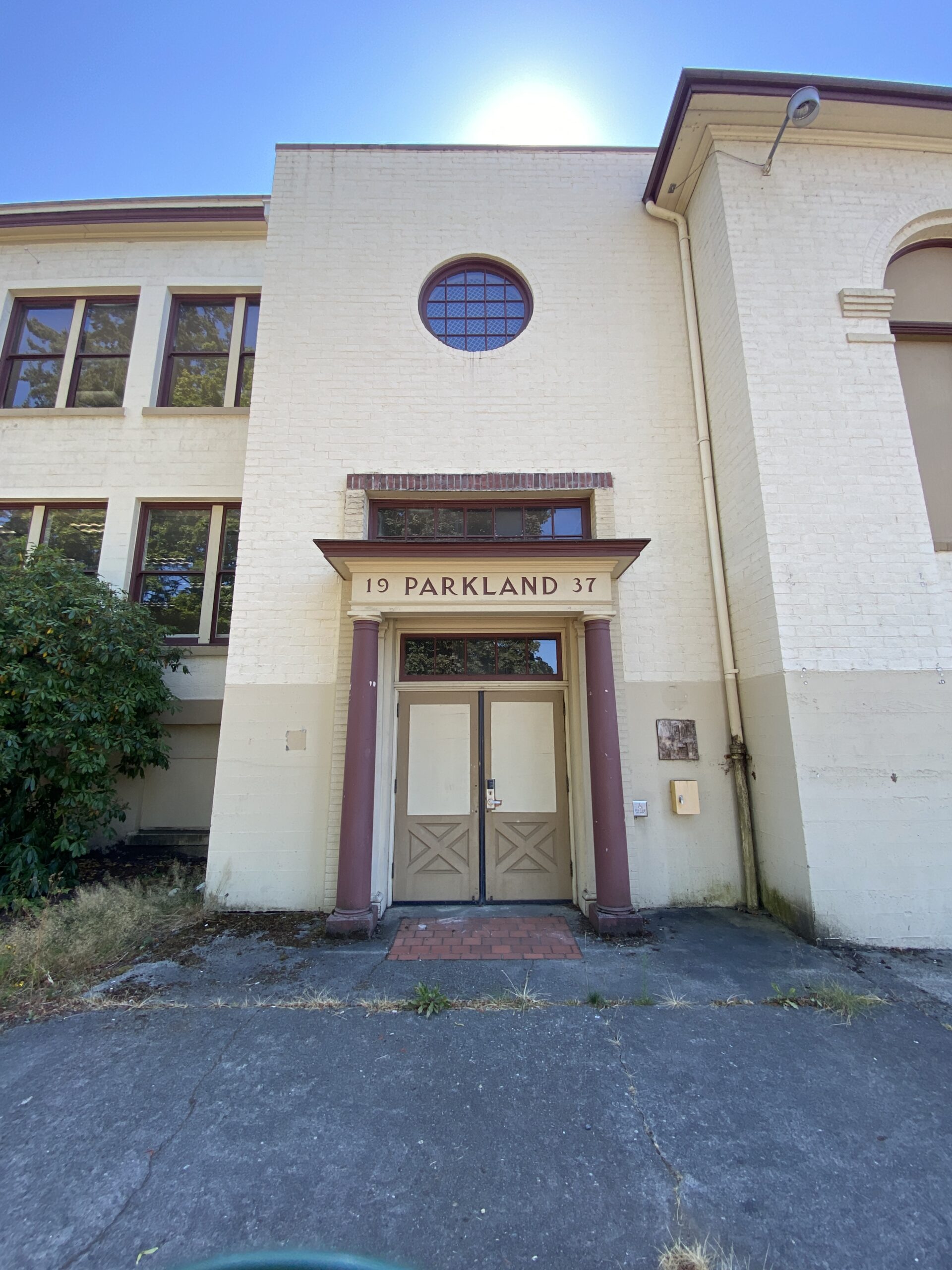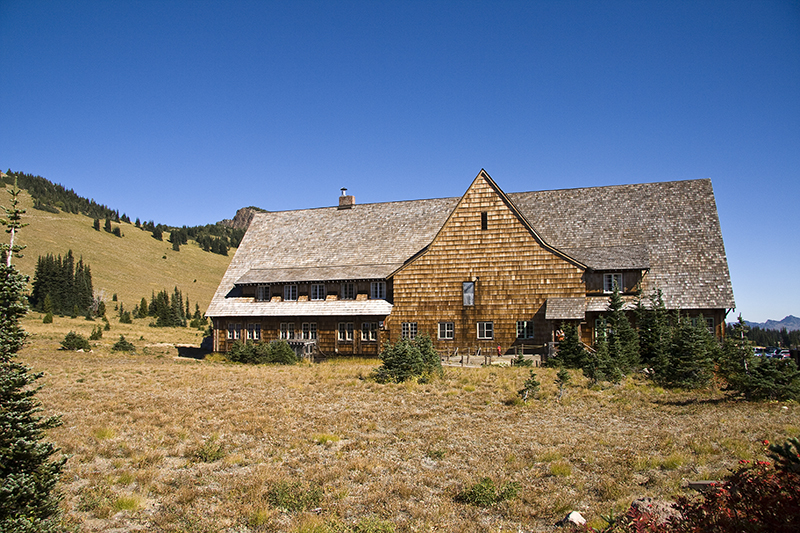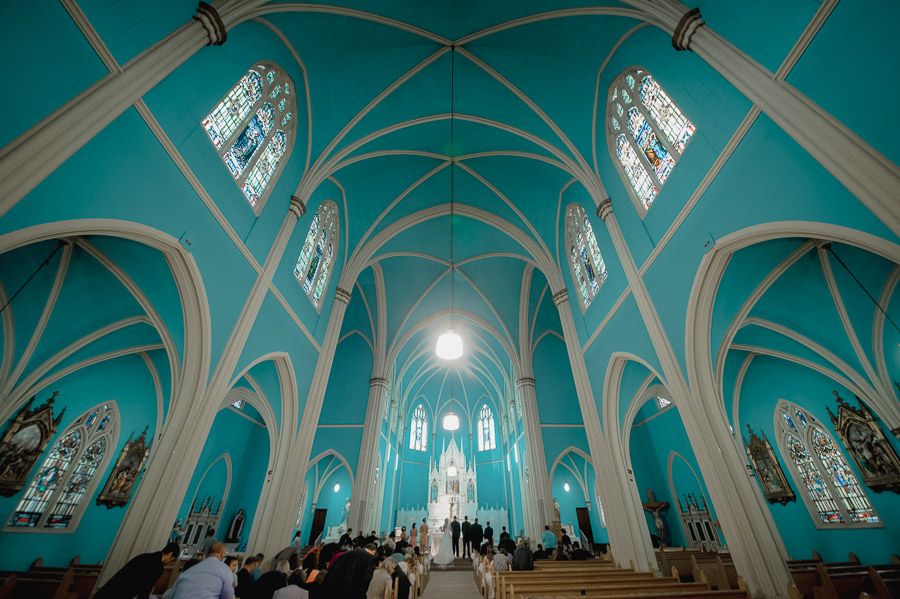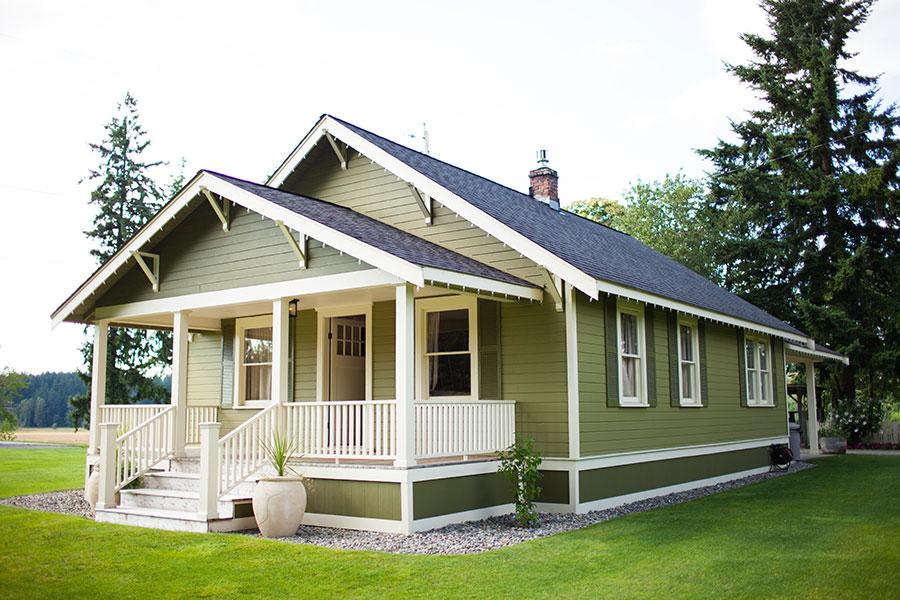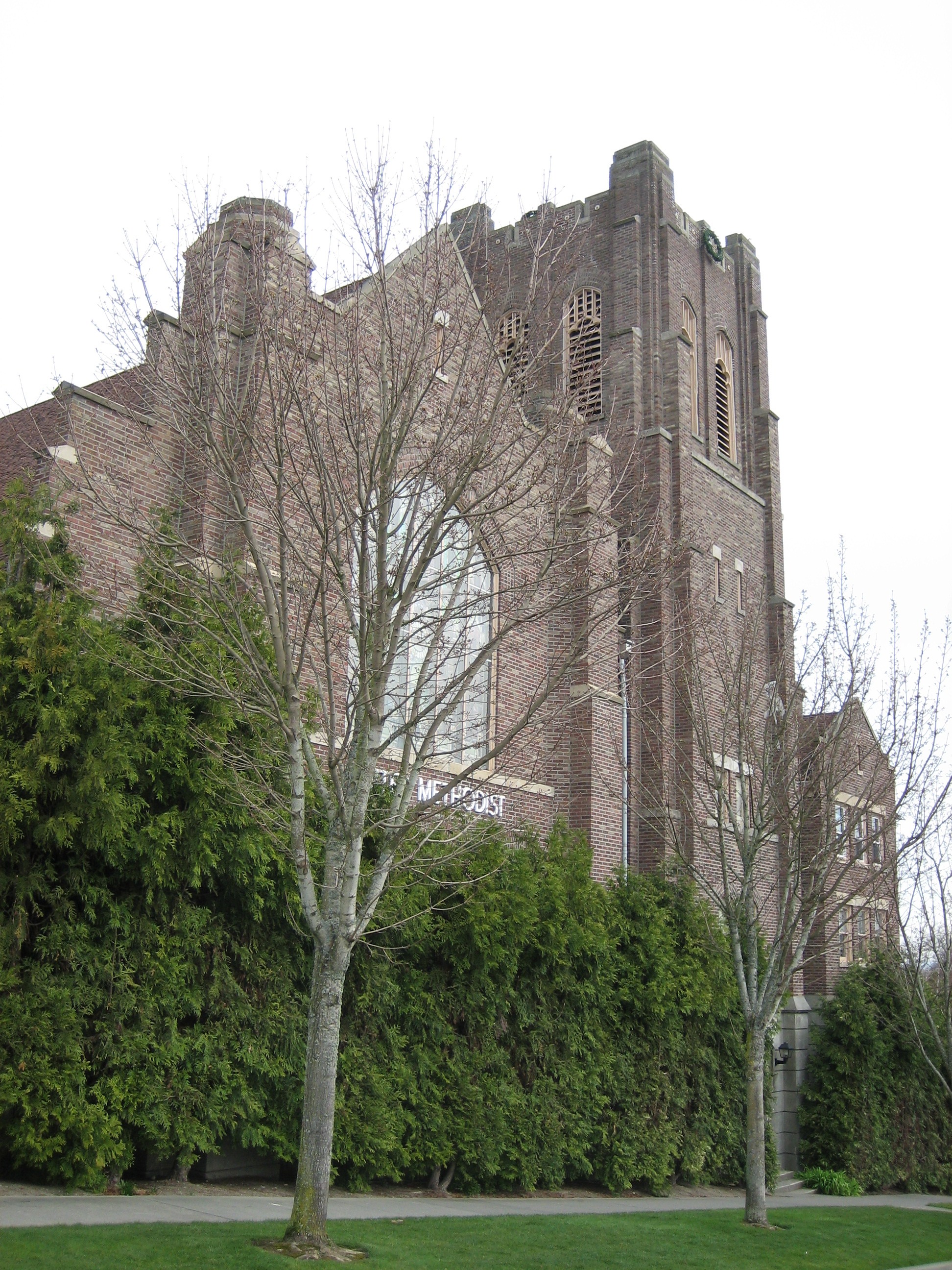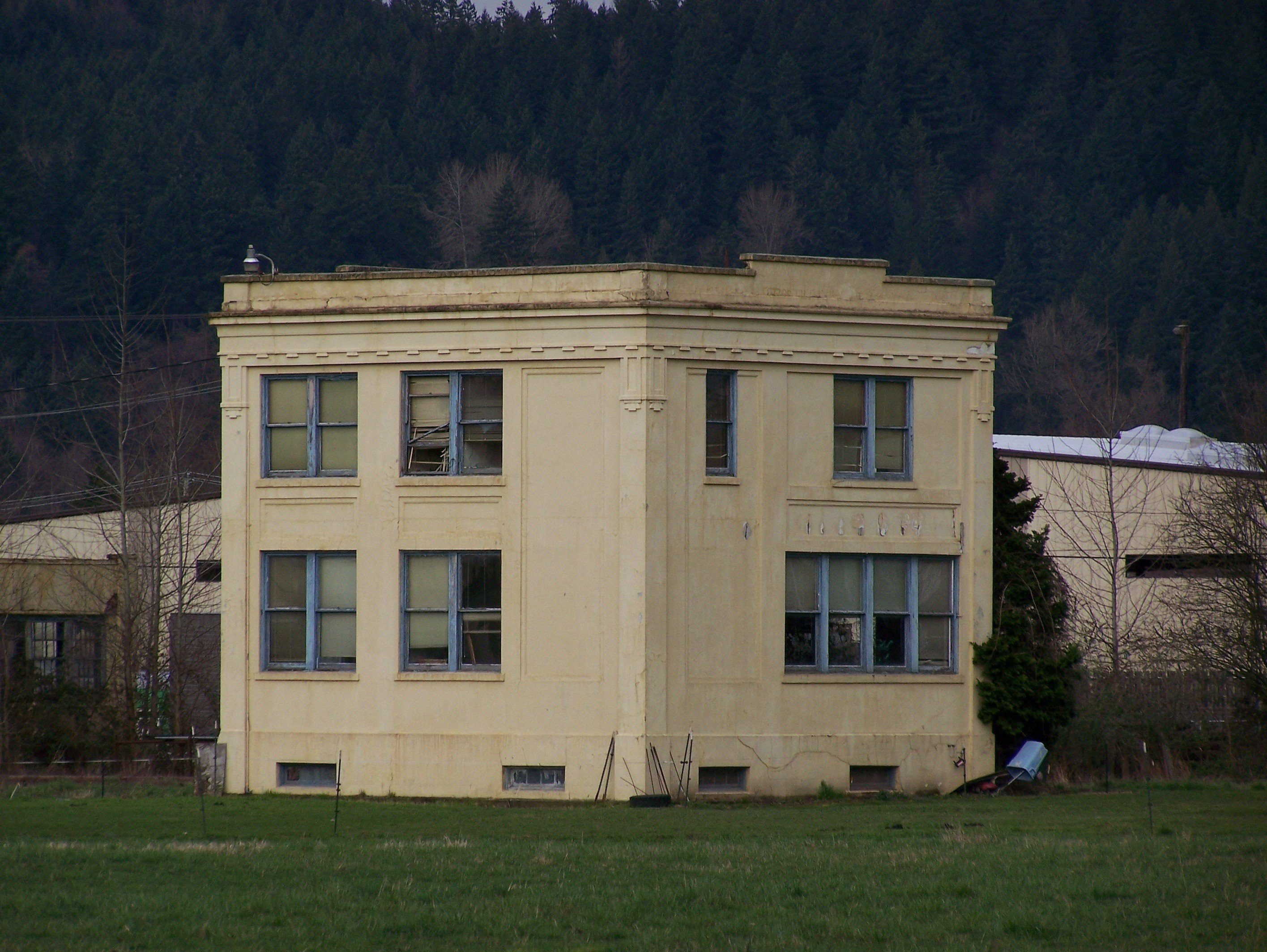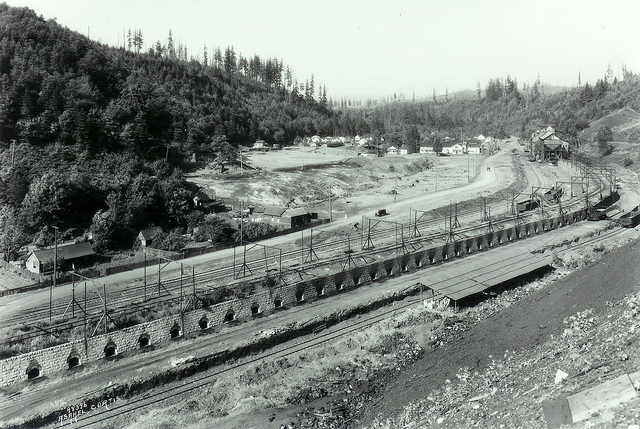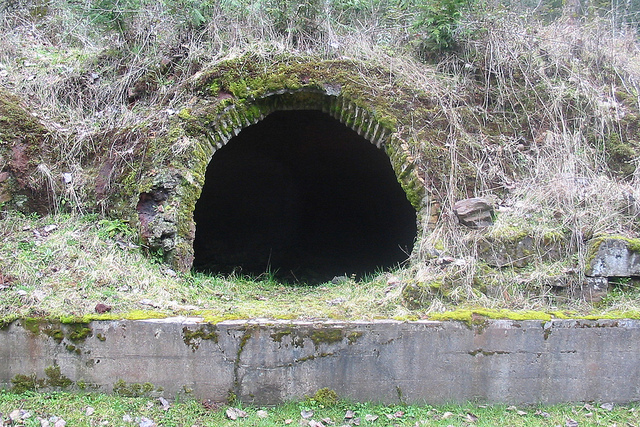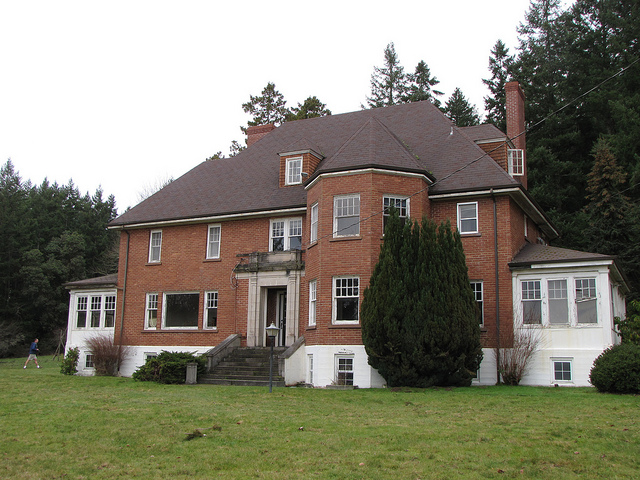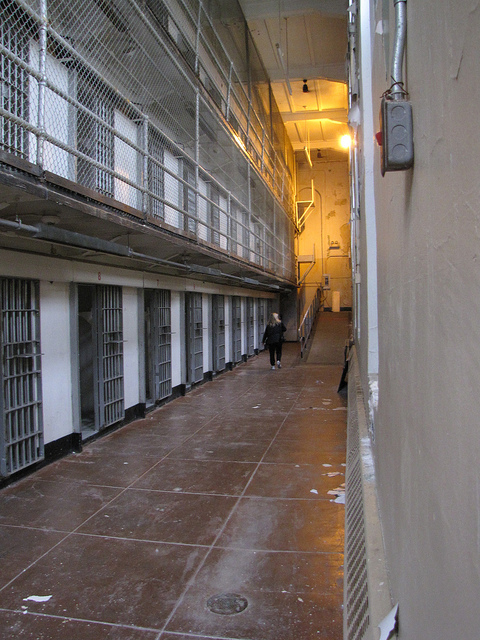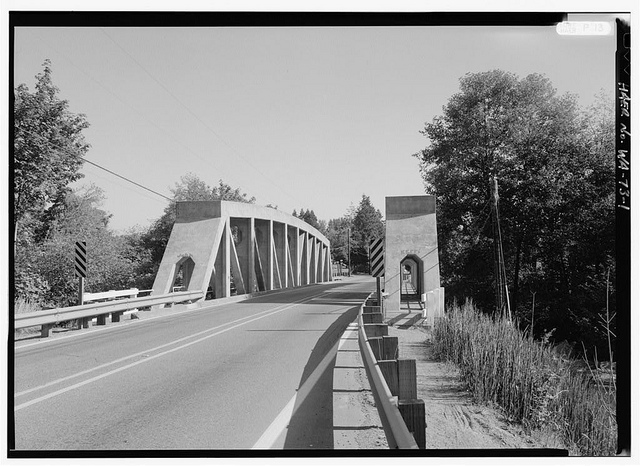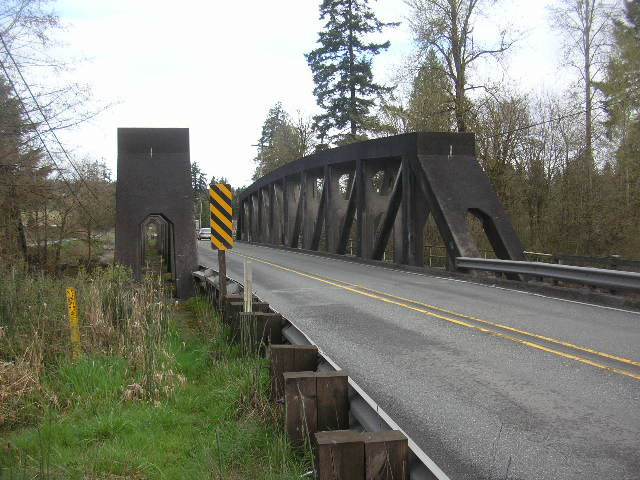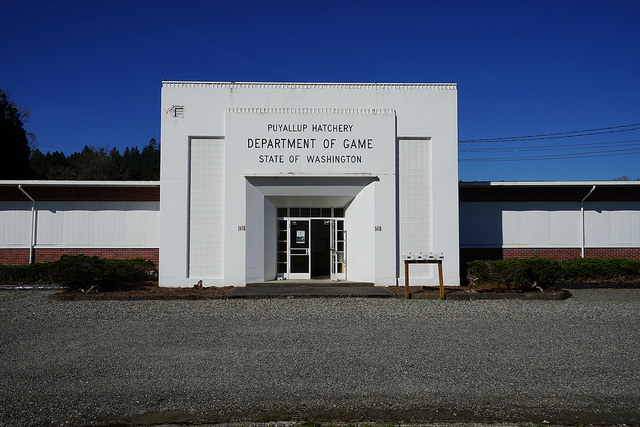Ryan House
Status: Most Endangered Places
Year Listed: 2023
Location: Sumner, Pierce County
UPDATE (May 2024): A group of concerned individuals, under the banner of Save our Sumner, sought a legal injunction against the City of Sumner. On March 13, Pierce County Superior Court ruled on the land use petition action filed against the city regarding the Ryan House demolition. The judge rescinded the demolition permit and remanded it back to the city for additional public notice and engagement through the comprehensive plan amendment process. The judge determined that issuing the demolition permit for the Ryan House was in direct contradiction to the City of Sumner’s comprehensive plan since that made numerous mentions about the rehabilitation and use of the building. The city is now pursuing revisions to the comprehensive plan across multiple fronts to remove all references to rehabilitation and reuse of the Ryan House. They are instead pursuing demolition and conversion of the site to a public park.
More information on the comprehensive plan update process is available here: https://connects.sumnerwa.gov/planning-sumners-future
The Ryan House was built as a one-room pioneer cabin in the 1800s for the Kincaid family. George Ryan, the first mayor of Sumner, bought the property in 1872 and added on to the cabin in 1875 and 1885 with lumber from his family’s mill. His wife Lucy was the postmistress of the temporary post office she ran out of her home.
In 1926, the Ryan family donated the property to the town of Sumner for use as the Sumner Public Library. The building served as the library from 1926 to 1979 and then housed the Sumner Historical Society, which operated the house as the Ryan House Museum until 2020. The Ryan House has been individually listed in the National Register of Historic Places since 1976.
The City of Sumner began preparing for rehabilitation of the Ryan House, applying for and securing more than $1 million in funding from a variety of resources, including the Pierce County Lodging Tax Program and the Washington State Historical Society’s Heritage Capital Projects Program. Work began with a team of specialists to develop plans for the building and conduct an exploratory structural assessment. In the summer of 2023, the assessors reported significant structural compromise in the building, which prompted the City of Sumner to question the feasibility of rehabilitation and instead look toward possible demolition.
On September 18, 2023, the Sumner City Council voted to demolish the Ryan House. Demolition was tentatively scheduled for November 3, 2023. However, demolition was postponed pending ongoing litigation (an accompanying petition with the Growth Management Hearing Board has since been dismissed).
The City of Sumner, with its community partners, had committed to the rehabilitation and continued use of this important historic site. Significant time and energy went into securing needed grant funds, with expenditures made toward scoping, studying, contracting, and beginning work on the property.
Both increased costs and structural concerns pose additional challenges, but the Washington Trust—along with many community advocates—believes the Ryan House is worth saving. By including the Ryan House in our Most Endangered Places list, we hope to encourage the city to reconsider demolition and engage with community advocates on the long-term preservation of this important resource.
For more information on the Ryan House, please see the National Register Nomination Form and the City of Sumner’s page on the House.









